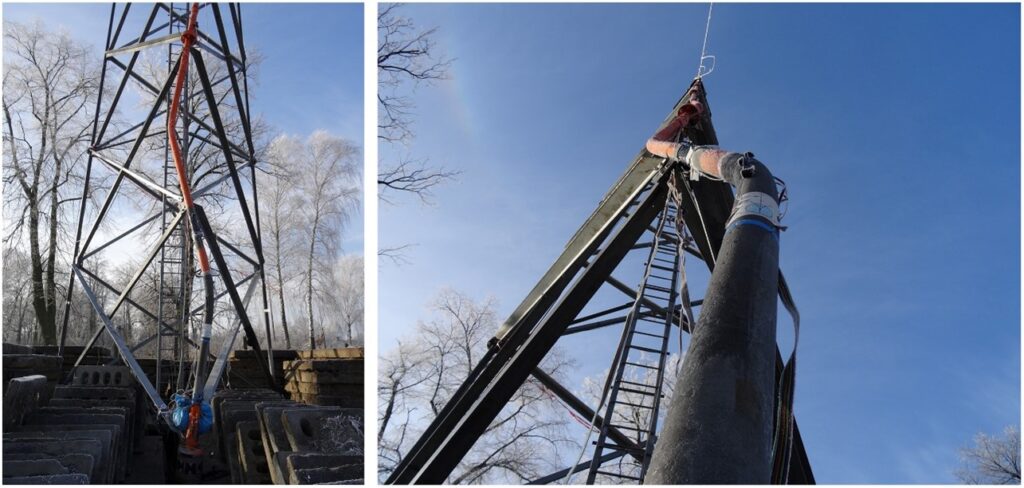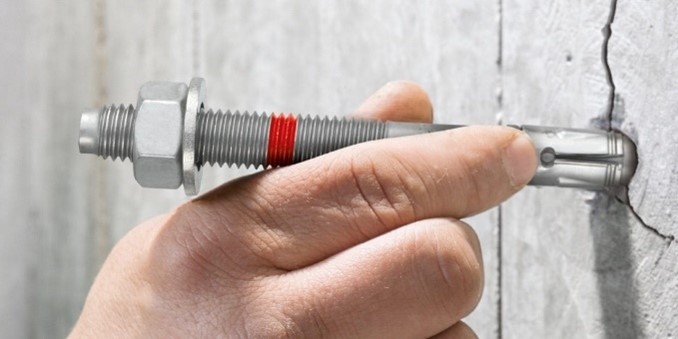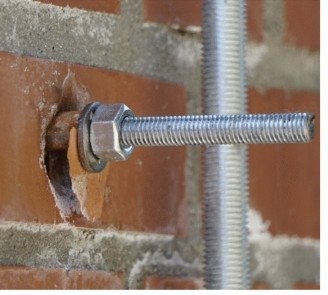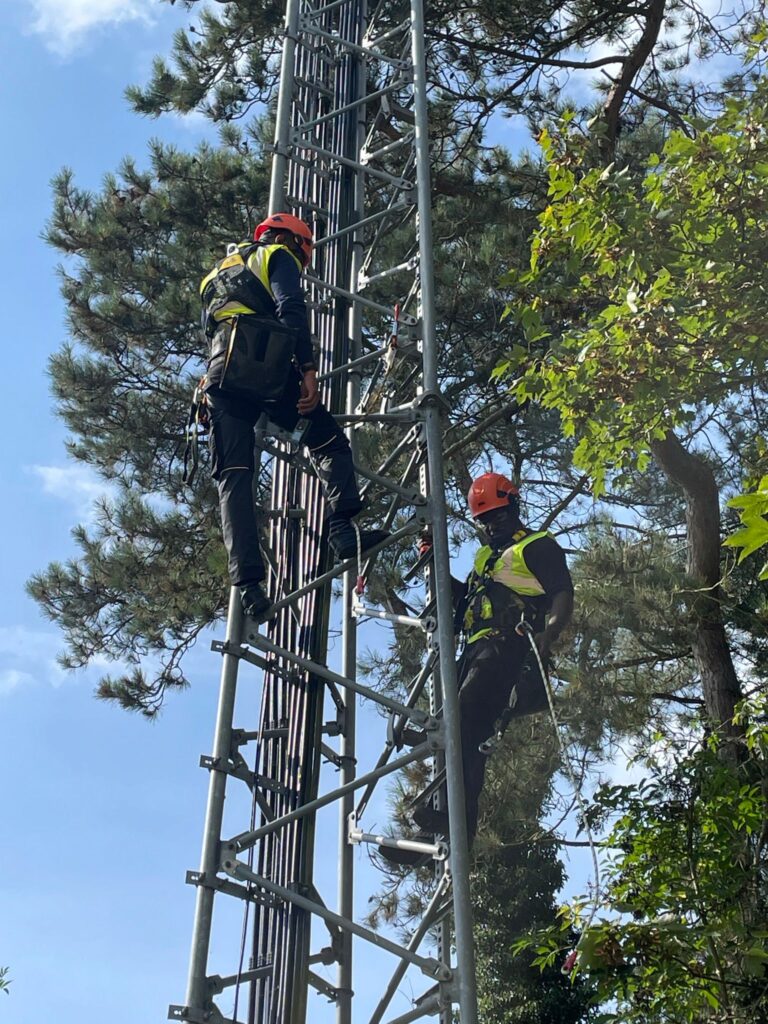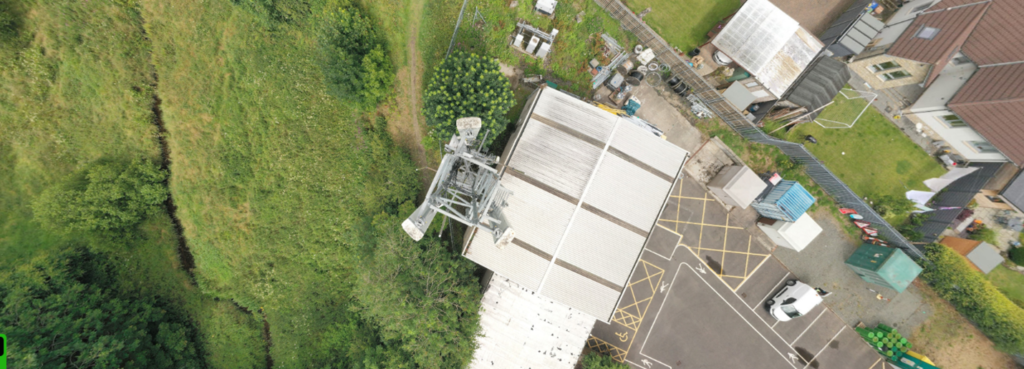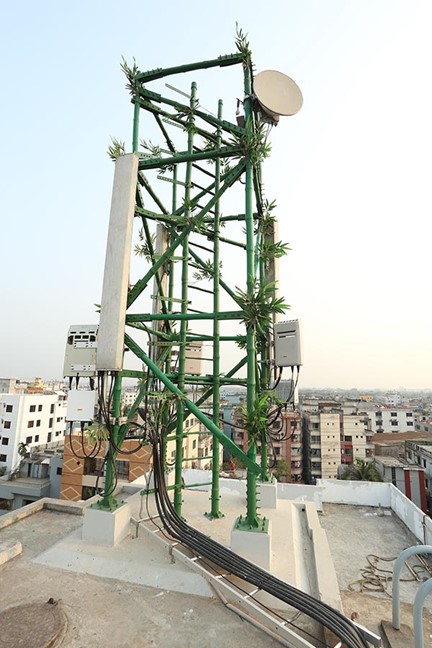Elastic Instability – Buckling
For telecommunications structures, members in compression play a significant role in the overall structural behaviour. Such members are often seen in lattice towers, monopoles, tripod and quadpod braces, and ancillary support poles. Therefore, examining buckling, a standard failure mode of such elements, is always pertinent. Buckling, a major type of instability refers to the sudden […]
Elastic Instability – Buckling Read More »

